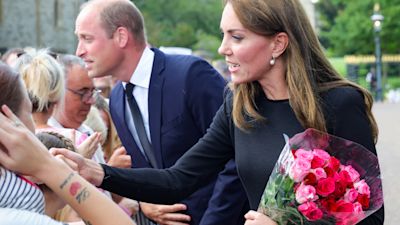What's the difference between The Duchy and the county of Cornwall?

Prince William has now taken on responsibility for the Duchy of Cornwall from his father following the death of the Queen.
King Charles had been the Duke of Cornwall for more than fifty years but Prince William has now automatically inherited the title.
As the 25th Duke of Cornwall, William is entitled to the multimillion-pound annual net surplus from the Duchy of Cornwall landed estate.
The income will cover the cost of both his public and private life.
What is the Duchy?
Cornwall has a duke - Prince William - and the duke has a duchy: Cornwall. It is an arrangement that goes back to 1337 when King Edward III established a private estate - the Duchy of Cornwall - to provide an income for his son and heir.
Edward decreed the Duchy would consist of the title and the land, and that it would be inherited by future royal heirs too.
Fast forward 685 years and the Duchy is going strong.
How big is the Duchy of Cornwall?
The Duchy of Cornwall is made up of 205.1 square miles of land - 0.2% of the UK. But here's the catch; only 13% of Duchy land is in Cornwall. Most of the rest is spread around other parts of southern England. For example, the Duchy includes Poundbury - a town in Dorset - and Highgrove, King Charles' home in Gloucestershire.
Is Cornwall a county or a duchy?
The area we describe as 'Cornwall' - from the Isles of Scilly to the Devon border - is in fact a historic, ceremonial and administrative county, with the same legal status as any other county like Devon, say, or Wiltshire or Dorset. (Although just to complicate things, the Scillies have their own unitary authority).
So, Cornwall is a county and a duchy, but the two are not the same place.
But the Royal Commission on the Constitution in 1973 recommended that Cornwall be officially referred to as 'the Duchy' on what it described as 'appropriate occasions', given the county's 'special relationship' with the Crown.